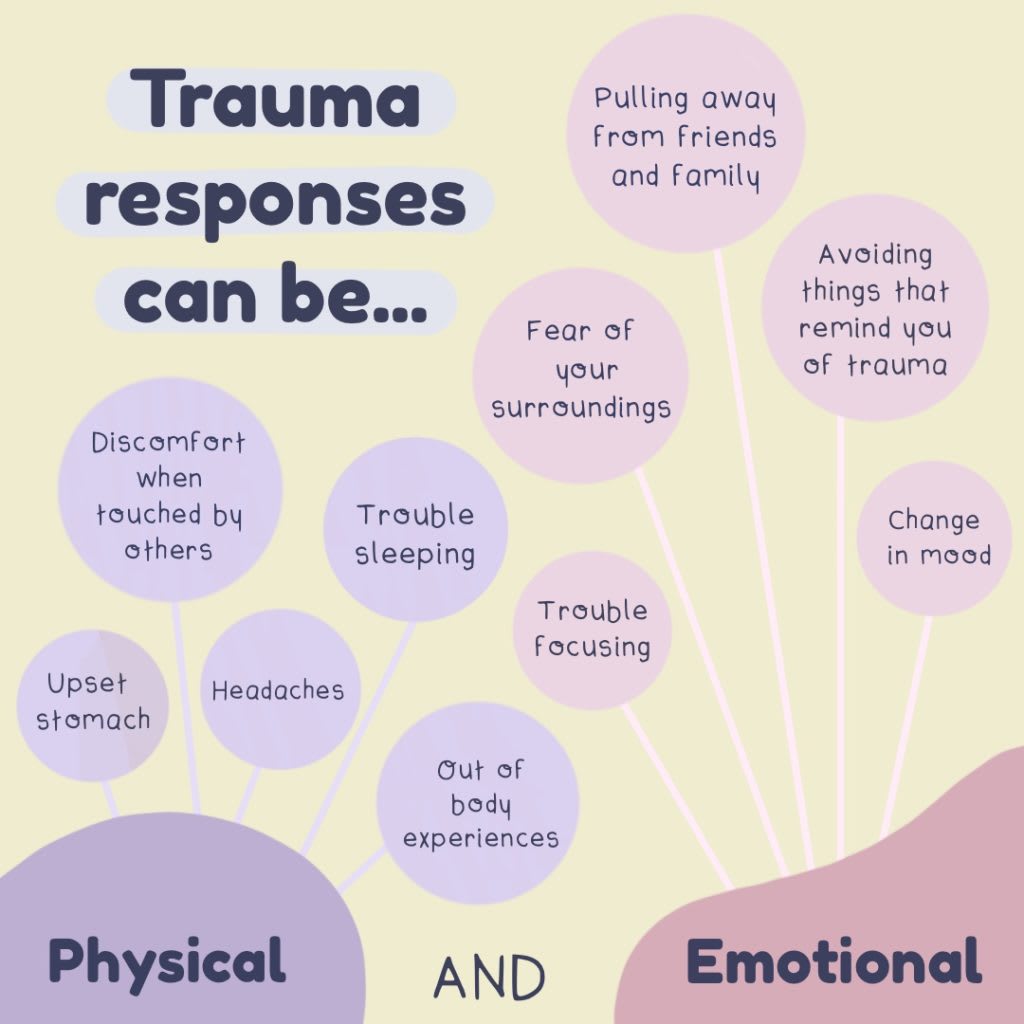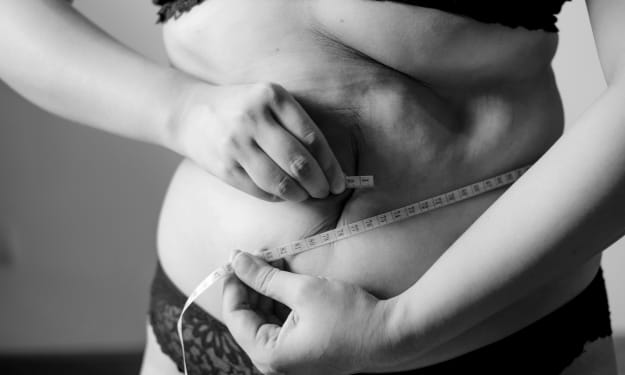The Four Types of Trauma Response and How to overcome them
Identify your Trauma Response

Trauma is a psychological and emotional response to a distressing or life-threatening event. Trauma can result from various experiences such as natural disasters, accidents, abuse, and violence. While everyone experiences trauma differently, there are four primary types of trauma responses that individuals may exhibit. In this blog post, we will discuss the four types of trauma response and their impact on individuals.
The Four Types of Trauma Response
Fight Response
The fight response is commonly known as the "fight or flight" response. When an individual experiences trauma, their body may respond with an intense feeling of anger, aggression, or a desire to fight back. The fight response is a natural reaction to a perceived threat, and it can be helpful in some situations. However, when the fight response is triggered in an inappropriate context, it can lead to destructive behavior and further trauma.
Flight Response
The flight response is another common response to trauma. When an individual experiences trauma, they may feel a strong urge to escape or flee from the situation. The flight response can manifest in many different ways, such as avoiding triggers or situations that may be reminiscent of the traumatic event. While the flight response can be a beneficial coping mechanism, it can also lead to avoidance behaviors that prevent individuals from processing their trauma.
Freeze Response
The freeze response is a type of trauma response that involves a state of immobility or paralysis. When an individual experiences trauma, their body may respond by "freezing" or becoming paralyzed. This response can be helpful in situations where an individual needs to remain still to avoid detection or danger. However, when the freeze response is triggered in an inappropriate context, it can lead to feelings of helplessness and further trauma.
Fawn Response
The fawn response is a less well-known type of trauma response. When an individual experiences trauma, they may respond by attempting to appease or please the perpetrator. This response can manifest in many different ways, such as minimizing the trauma or trying to make excuses for the perpetrator's behavior. The fawn response is often seen in individuals who have experienced repeated trauma or abuse, and it can lead to feelings of guilt and shame.
Overcoming the Four Types of Trauma Response
Trauma can have a profound impact on individuals' lives, and the four types of trauma response - fight, flight, freeze, and fawn - can lead to further trauma if not properly addressed. In this blog post, we will discuss some strategies for overcoming these responses and healing from trauma.
Fight Response
The fight response can be a helpful coping mechanism in some situations, but it can also lead to destructive behavior and further trauma. To overcome the fight response, it is important to learn healthy ways to manage anger and aggression. This may involve practicing relaxation techniques, such as deep breathing or meditation, and learning how to communicate effectively with others.
Flight Response
The flight response can prevent individuals from processing their trauma and can lead to avoidance behaviors. To overcome the flight response, it is important to face the triggers and situations that may be reminiscent of the traumatic event. This may involve seeking support from a mental health professional, who can help individuals develop healthy coping mechanisms and learn how to face their fears in a safe and productive way.
Freeze Response
The freeze response can lead to feelings of helplessness and further trauma. To overcome the freeze response, it is important to learn how to regulate emotions and cope with the physical sensations associated with trauma. This may involve practicing mindfulness techniques, such as grounding exercises or body scans, and seeking support from a mental health professional who can help individuals develop healthy coping mechanisms.
Fawn Response
The fawn response can lead to feelings of guilt and shame. To overcome the fawn response, it is important to learn how to set healthy boundaries and develop a sense of self-worth. This may involve practicing assertiveness skills and learning how to say no to others. It is also important to seek support from a mental health professional, who can help individuals develop healthy coping mechanisms and learn how to prioritize their own needs and well-being.
Conclusion
Overcoming the four types of trauma response can be a challenging and complex process, but with the right support and resources, healing is possible. By learning healthy coping mechanisms and seeking support from a mental health professional, individuals can take control of their trauma and work towards a brighter future. Remember, there is no shame in asking for help, and healing is possible.
About the Creator
Enjoyed the story? Support the Creator.
Subscribe for free to receive all their stories in your feed. You could also pledge your support or give them a one-off tip, letting them know you appreciate their work.





Comments
There are no comments for this story
Be the first to respond and start the conversation.